

How Much Should You Spend On Replacement Windows?
GET A FREE ESTIMATE
We will get back to you as soon as possible.
Please try again later.
Stopping Window Draft Once And For All
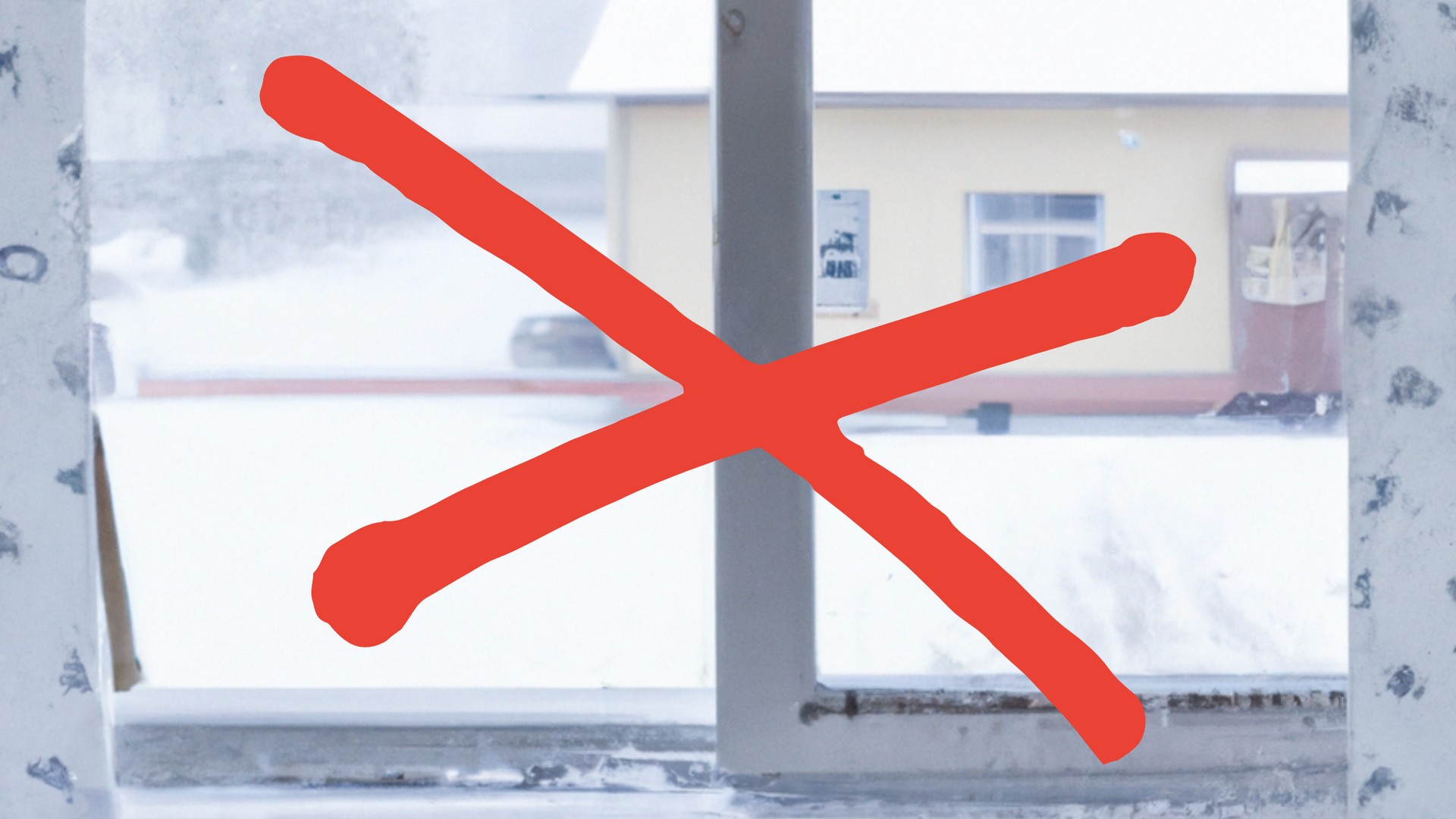
Introduction
Key Takeaways
- Replacement windows cost varies based on type, material, and labor.
- Energy efficiency and brand choice significantly impact cost.
- Professional installation is recommended for best results.
- Choosing the best replacement windows in your budget improves your house's look and saves on energy costs.
- When installing replacement windows, consider asking questions about material, glazing, style, and labor.
Factors Affecting Window Replacement Cost
Replacement windows cost will vary depending on the kind of material, glazing, style, and labor expenses. Traditional window types, such as double-hung windows in standard sizes, are typically less expensive than bespoke sizes or design-focused choices, such as skylights. Custom windows are also more expensive than ordinary choices. In our poll of 1,000 homeowners, 51% chose conventional windows and 49% chose bespoke orders, indicating that the best fit is determined by your specific property and desired appearance.
Brand also has a considerable impact on window costs. A window from a recognized and high-end brand, such as, will be more expensive than other brands.
Although windows are pricey, you should consider them an investment. "Just like cars, there are various degrees of quality of windows," explains Colin Sullivan, director of manufacturing at Renewal by Andersen's Carolinas branch. He recommends investing in higher-end windows to avoid repeated repairs or replacements, despite the temptation to choose low-cost alternatives.
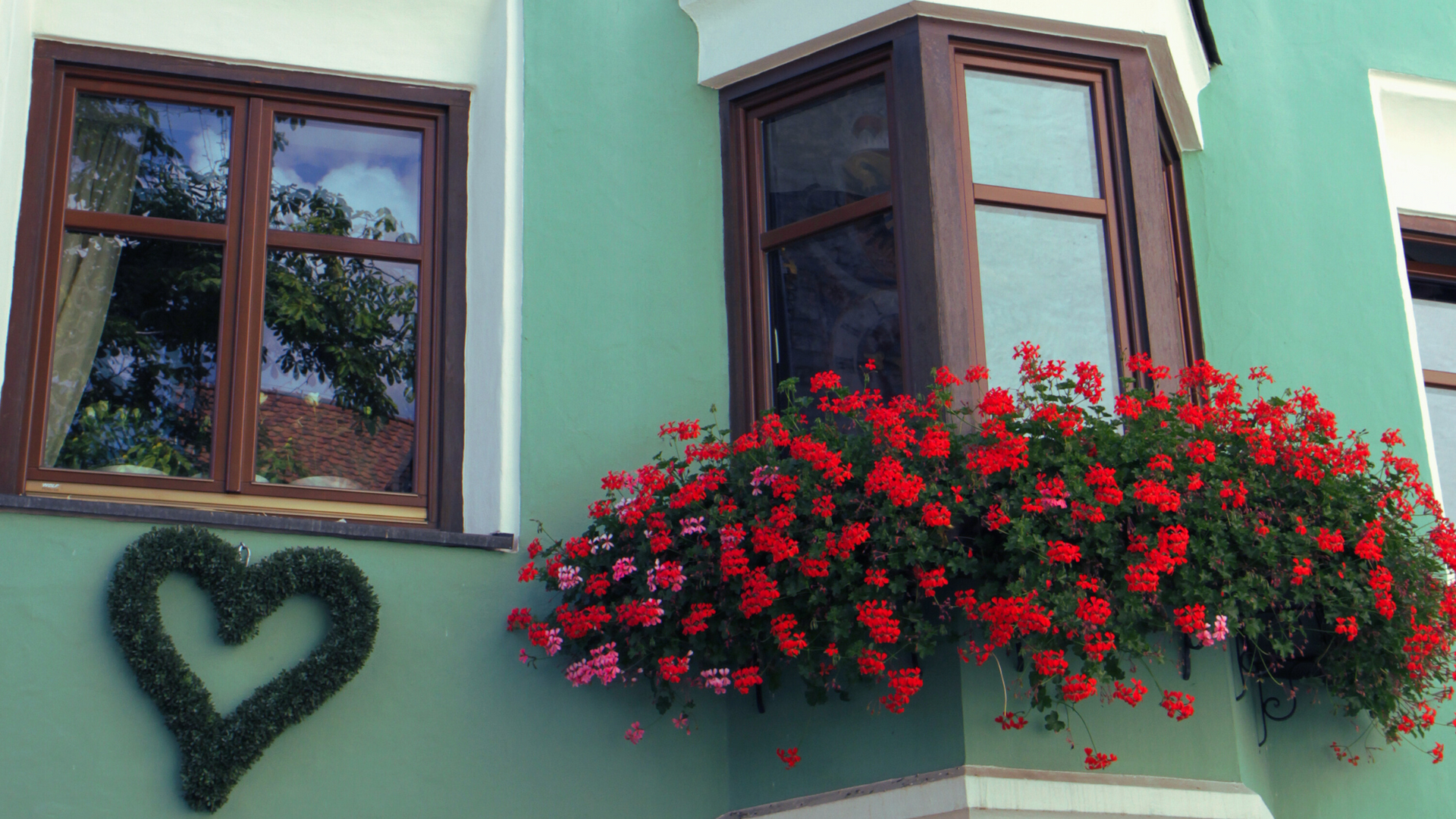
Window Replacement Cost
The average cost range for replacement windows is $300 to $1200 per window.
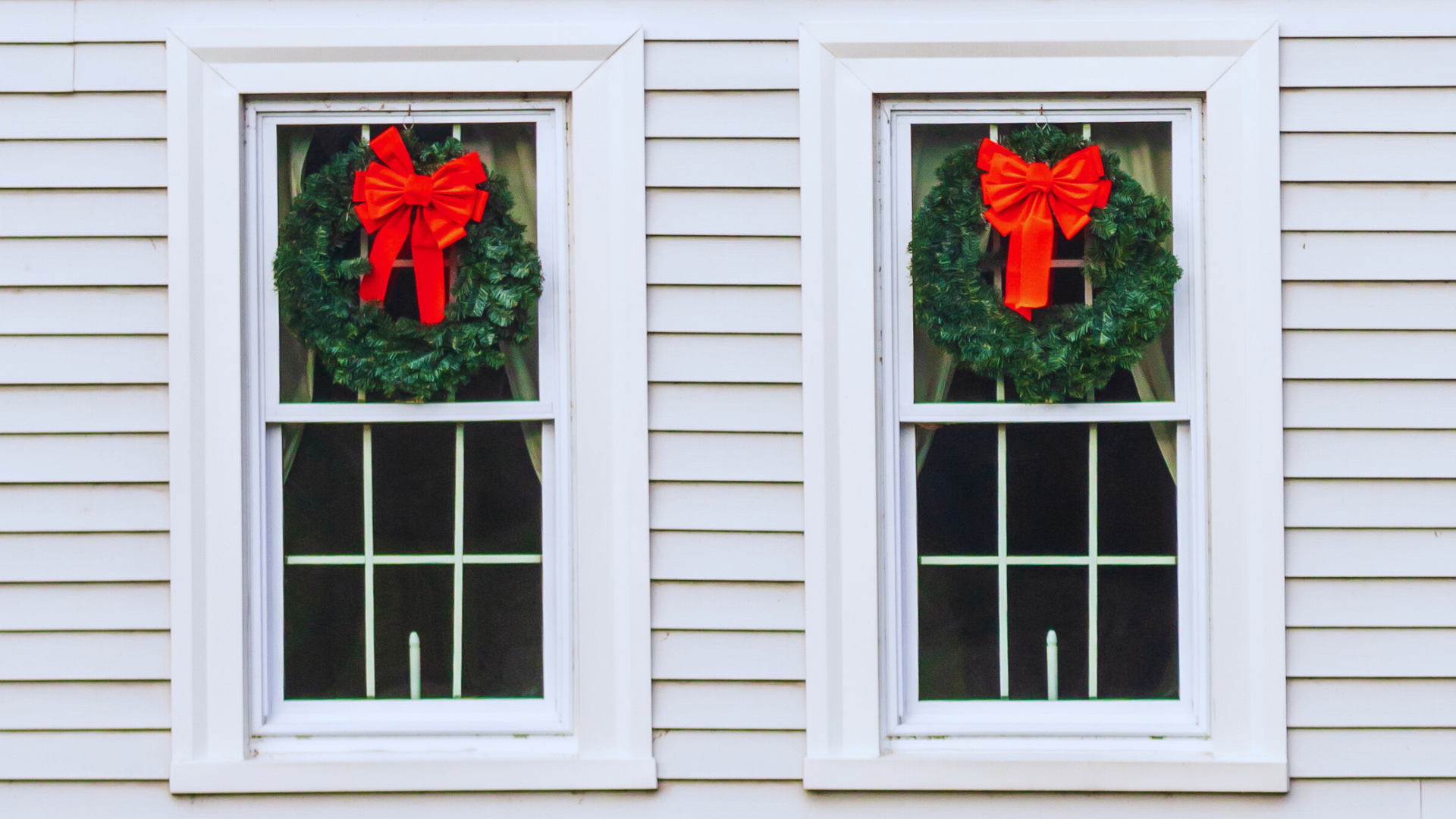
Single-Hung Windows
The average cost of single-hung windows is in the range of $150 to $400 per window.
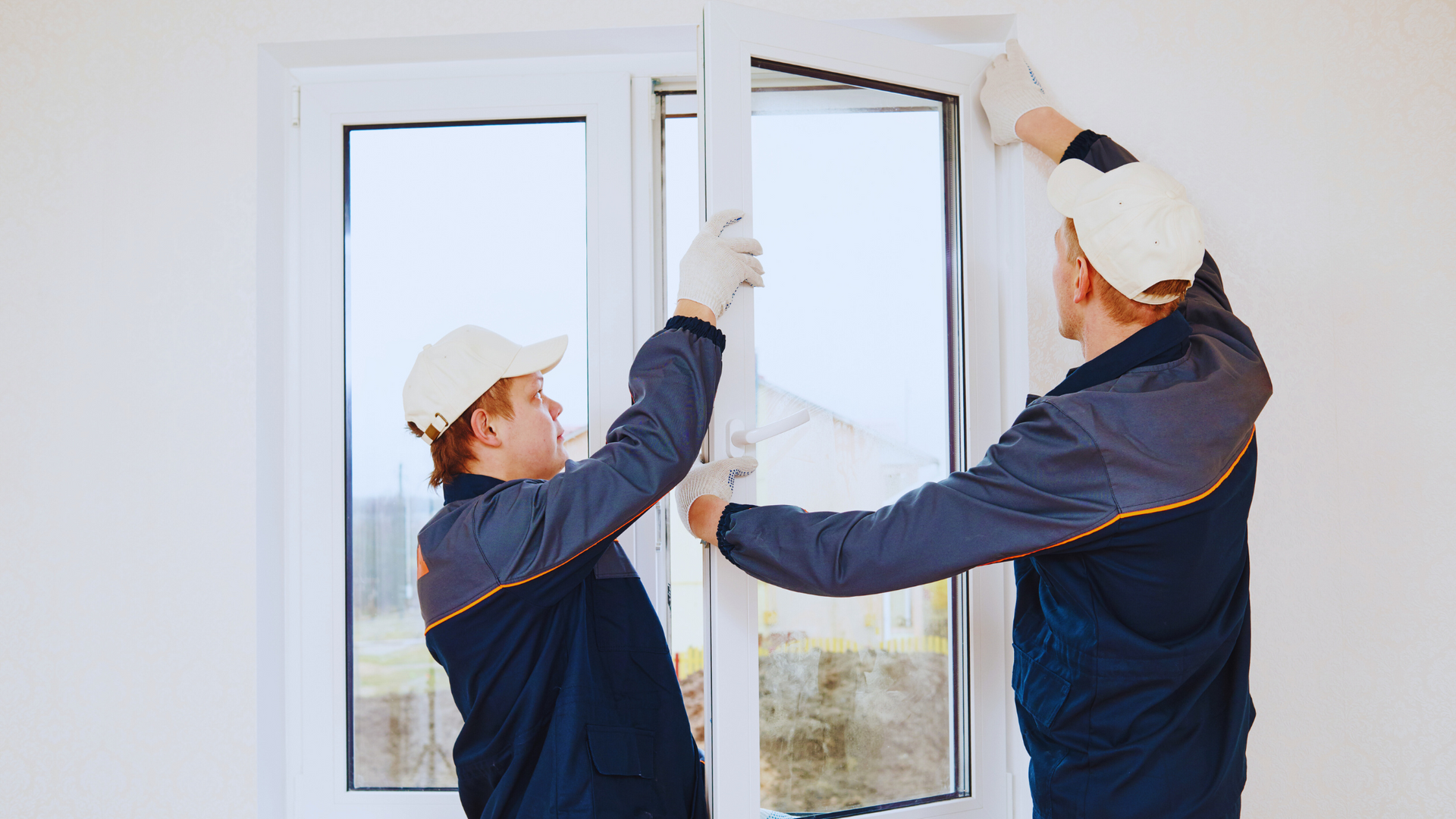
Energy Efficient Upgrades
Energy-saving double-pane windows generally cost between $450 to $1,000 per window.
Cost of Window Types
Windows are capable of transforming the appearance of any room. While simple forms like casement and single-hung windows are ideal starting points, more ornate styles provide character and charm. Single- and double-hung, casement, awning, picture, and other window styles are available.
Here we provide you with the average cost per window of some of the most popular window styles. Additional information about each window type is provided below:
| Window Type | Cost Of Window |
|---|---|
| Single-Hung | $150 to $400 |
| Storm | $150 to $500 |
| Jalousie | $175 to $475 |
| Transom | $200 to $500 |
| Double-Hung | $200 to $600 |
| Hopper | $200 to $700 |
| Circle | $250 to $800 |
| Sliding | $250 to $1,800 |
| Awning | $300 to $900 |
| Arched | $350 to $850 |
| Picture | $350 to $850 |
| Casement | $350 to $900 |
| Glass Block | $450 to $900 |
| Skylight | $850 to $2,500 |
| Bay and Bow | $900 to $2,200 |
| Garden | $1,000 to $4,000 |
| Egress | $1,500 to $5,500 |
- Single-hung windows: Single-hung windows feature two sashes, which keep the glass in place. The lower sash opens, whilst the upper sash is permanently fixed. This increases security in bottom-floor rooms.
- Impact windows: These windows are comprised of impact-resistant glass, making them ideal for coastal residences that are subjected to severe rain and hurricanes. Installing high-quality storm windows helps prevent storm damage from severe winds, rain, and debris.
- Jalousie windows: Jalousie windows resemble blinds but include several metal or glass slat columns. These windows, which are commonly seen in warm or tropical countries, may be opened to various levels, allowing cool breezes into your house.
- Transom windows: Transom windows serve as an accent for other windows or doors. They come in numerous forms, such as rectangles and half circles.
- Double-hung windows: Double-hung windows are among the most prevalent window kinds. Unlike single-hung windows, they feature two sashes that open simultaneously. This enables for optimal circulation and cleaning.
- Hopper windows: Hopper windows only open partially at the top or bottom, resulting in restricted ventilation. They perform well in compact areas and are powered by a crank.
- Circle windows: Used as ornamental elements, circle windows come in half-circle, full-circle, oval, or elliptical shapes. These windows cannot be opened, yet they may provide an attractive focal point.
- Sliding glass windows: Sliding glass windows open from the left or right and run on a track, making them ideal for small or cramped spaces. They can have one or many moveable sashes.
- Awning windows: Awning windows open outward, forming an awning. They function well in wet regions because of their water-resistant construction, which allows for optimum air circulation while keeping rainfall out of your home.
- Arched windows: These windows feature a rounded top that provides a decorative touch. Arched windows can be installed atop an existing window or as a complete replacement window.
- Picture windows: Picture windows provide panoramic vistas and lots of sunshine. They may be customized to fit any home and installed floor-to-ceiling.
- Casement windows: Casement windows open right or left using a crank, similar to a door. They include solid glass with little impediments, letting more light into a space.
- Glass block windows: Glass block windows provide a decorative touch while maintaining privacy by allowing light in yet obscuring the view. They come in a variety of designs and are commonly used in bathrooms or as decorative pieces.
- Skylights: Skylights, positioned on your roof, provide enough light into areas with little wall space. Depending on the design, they can either open or remain fixed. Skylight windows are labor-intensive to install and sometimes available in bespoke sizes, which results in a greater price.
- Bay windows: Bay windows are curved with angular lines and often have a main picture window and two smaller movable windows on either side.
- Bow windows: Bow windows are likewise curved, but they consist of four to six equal-sized glass panels. They are identified by the number of glass parts, such as four-lite or five-lite bows.
- Garden windows: Gardeners may utilize garden windows to construct a miniature greenhouse inside their houses. These windows have a projecting ledge for your plants and herbs, as well as unobstructed glass for direct sunshine.
- Egress windows: Egress windows, located in basements and bedrooms, serve as emergency escapes. Some local governments require egress windows in basement bedrooms. Because these are specialist windows, the price is greater.
Window Frame Materials Cost
Window frames differ in terms of durability, maintenance requirements, and personalization choices. Aluminum and vinyl frames are the most affordable options, while wood windows allow for more customization. "Vinyl windows and aluminum windows usually carry the connotation of being cheaper," according to Sullivan. "There are certainly great options in the marketplace for people at a certain price point ….[but] wood or a composite allow you to buy a long-lasting beautiful product."
The Cost Of Window Frame Material Options
| Window Frame Material | Cost Range | Average Cost Per Window |
|---|---|---|
| Aluminum | $80 to $500 | $290 |
| Vinyl | $150 to $600 | $375 |
| Composie | $400 to $1,300 | $850 |
| Wood | $250 to $800 | $525 |
| Fiberglass | $700 to $1,400 | $1,050 |
Learn about advantages associated with window materials below.
- Aluminum frames: Aluminum is the most cheap form of window, but they are not energy-efficient—especially if it is not thermally fractured, which means it lacks an insulated barrier inside its frame. Aluminum offers durability, however, if painted, these frames will need to be maintained and may expand or shrink in high temperatures.
- Vinyl frames: Vinyl replacement windows provide the ideal blend of energy savings and durability, as they require minimum maintenance and endure for many years. First and foremost, their energy efficiency is remarkable; vinyl windows provide excellent insulation, keeping your home warmer in winter and cooler in summer, thus reducing energy costs significantly. Additionally, vinyl windows are known for their durability and low maintenance. Some may be modified with wood-like exteriors, making them appear like traditional wood windows at a lesser cost.
- Wood frames: Wood windows are a timeless design with several customization choices, including paints and stains. The natural insulation properties of wood significantly enhance a home's energy efficiency, reducing heating and cooling costs. This characteristic is particularly valuable in regions with extreme weather conditions. Additionally, wood is a renewable resource, which makes wood frame windows a sustainable choice, aligning with eco-friendly building practices. The durability of high-quality wood frames, when properly maintained, can also surpass that of other materials, ensuring a long lifespan and adding value to any property.
- Composite frames: Composite windows are made of wood and aluminum or polyvinyl chloride (PVC) polymers. They are more durable than vinyl or wooden windows. PVC, or polyvinyl chloride, is a widely used plastic in the construction of composite frame windows, but its usage has raised significant environmental and health concerns. The production of PVC releases toxic chemicals, including dioxins, which pose a serious threat to both human health and the environment. Furthermore, PVC is not biodegradable, leading to long-term environmental impacts as it accumulates in landfills. As awareness grows, homeowners and builders are increasingly seeking eco-friendly alternatives to PVC in composite windows, prioritizing both health and environmental sustainability.
- Fiberglass frames: Fiberglass windows aren't as popular or widely accessible. There are limited style and finish options of fiberglass can be a drawback for homeowners seeking a specific aesthetic or custom look for their property. While fiberglass is known for its strength, it can be more brittle in extreme cold climates, potentially leading to cracking or warping. Furthermore, although fiberglass frames are low maintenance, they can fade over time, especially in areas with high UV exposure, necessitating periodic painting or refinishing to maintain their appearance.
Glazing, Energy Efficiency, and Cost
The more panes in your windows, the more protected your home is from outside temps and noise. Multipane windows demand a larger expenditure.
Single-pane windows provide limited protection from external temperatures or sounds but are the most affordable, costing between $150 and $400 per window.Double-pane windows offer increased protection against external influences, but can cost between $450 and $1,000 per window. Triple-pane glass provides optimum environmental protection while still being the best value for your house.Triple-pane windows may cost between $500 and $2,000 each.
Replacement windows are a wonderful way to increase your home's energy efficiency. The U.S. Department of Energy estimates that most houses lose around 30% of their heat via windows. Energy-efficient windows are more expensive initially, but they save you money on your energy costs over time. Energy Star-certified windows fulfill EPA efficiency criteria.
Install double-pane windows with low-emissivity (low-e) insulating glass and argon gas between them to save the greatest energy. Low-e glass features a clear, heat-reflective coating that reduces the impact of outside temperatures on your living areas. Argon gas fill increases thermal efficiency within the panes at a low cost. Triple-pane windows with low-e coatings and argon gas fill offer exceptional thermal efficiency.
The highest thermal efficiency with two panes of glass is vacuum insulating glass (VIG), which creates a vacuum between the panes and functions similarly to a thermos bottle. Some window manufacturers provide specialty glass types designed for certain locations, which may include low-e glass coatings that resist ultraviolet (UV) radiation.
| Number of Panes | Average Cost per Window |
|---|---|
| Single-pane glass | $150 to $400 |
| Double-pane glass | $450 to $1,000 |
| Triple-pane glass | $500 to $2,000 |
Labor Prices
The number of windows in your project, the intricacy of the task, and the placement of your windows all have an influence on labor expenses. Standard-sized windows cost between $100 and $400 apiece. If you have a large replacement job, your installer may hire more staff to meet an early completion schedule.
Installing complicated, labor-intensive windows, such as skylights, bay and bow windows, raises your overall cost. Adding a new frame or trim to irregular windows, as well as repairing damaged window frames, will accomplish this.
Window Brand Influence On Price
Premium window brands typically have higher prices. High-end manufacturers often provide the most options and customizations. Choosing a less costly brand will save you money, but it may not have the style and performance that best suit your house. Look for window brands that provide a wide range of options while remaining affordable.
Below is a breakdown of some leading window brands' average costs:
| Window Brand | Typical Cost Per Window |
|---|---|
| Pella | $100–$1,750 |
| Castle Windows | $200–$900 |
| Simonton | $200–$1,200 |
| Champion Windows | $400–$1,000 |
| Marvin Windows | $400–$1,700 |
| Renewal by Andersen | $680–$2,700 |
Should I Replace My Home Windows?
If you're not sure if you require window replacement, search for the following indicators.
- Condensation: Except for if you have single-pane windows, internal condensation indicates that they are deteriorating. When the window seal weakens and moisture seeps in, condensation forms between the panes. Installing more energy-efficient windows will prevent leaks and drafts, lowering your energy use.
- Drafts and leaks: Examine your windows for drafts and leaks near the frame and sash, which are the parts of the window that keep the glass in place. Place your hand around the frame and windowpane. If you can feel the cold or heat, your windows aren't properly sealed.
- External noise: Older windows might not provide appropriate protection against external noise. Newer versions with double- or triple-pane improvements minimize exterior noise, resulting in a more pleasant setting.
- Higher energy bills: Poor-quality windows let outside temperatures infiltrate into your home, making your air conditioner or heater work harder. As your windows degrade, your energy expenses will begin to climb. New windows increase the energy efficiency and comfort levels of your house.
- Issues with opening and closing: Difficulty opening and shutting your windows might be due to a warped or broken frame, incorrect installation, or rotting. Have your windows checked to see if they need to be repaired or replaced.
- Rotting frames: When exposed to dampness, wood windows lose their durability. Without adequate repair and maintenance, water-damaged wood frames may rot or develop mold. Molding frames endanger your family's safety and health.
- Visible damage: Visible signs of damage to your windows include cracks, breaks, and bending. Visible mold, rot, or mildew can cause future health problems and signal leaks or water damage. It is critical to replace these windows to preserve your family's health and safety.
Other Factors That Influence The Cost Of Replacement Window
Though not as crucial as the criteria we already talked about, the following items might affect your final window cost.
Disposal of Materials
Many window installers factor disposal and cleaning expenses into their quotes. Installers will carefully dispose of your old windows, installation materials, and garbage. Ask your installer if these services are included. If not, you may be charged extra expenses for adequate cleaning. Disposal costs often range from $40 to $50.
Full-Frame vs. Retrofit Replacement Window Prices
Retrofit solutions can lower window replacement costs by 15% to 20%. These installations replace the window sash while retaining the original frame and trim. You will need to replace the window with one that is comparable in design or form.This costs between $100 to $400 each window for labor, plus the cost of window supplies.
If your window frame and trim are broken, irregularly shaped, or you desire a new window design, consider full-frame window replacement. Older homes may not have typical window sizes, which might cause complications. Windows contractors will replace the whole frame, trim, and sash for this installation. Full-frame replacement windows require more labor and lead to higher costs.
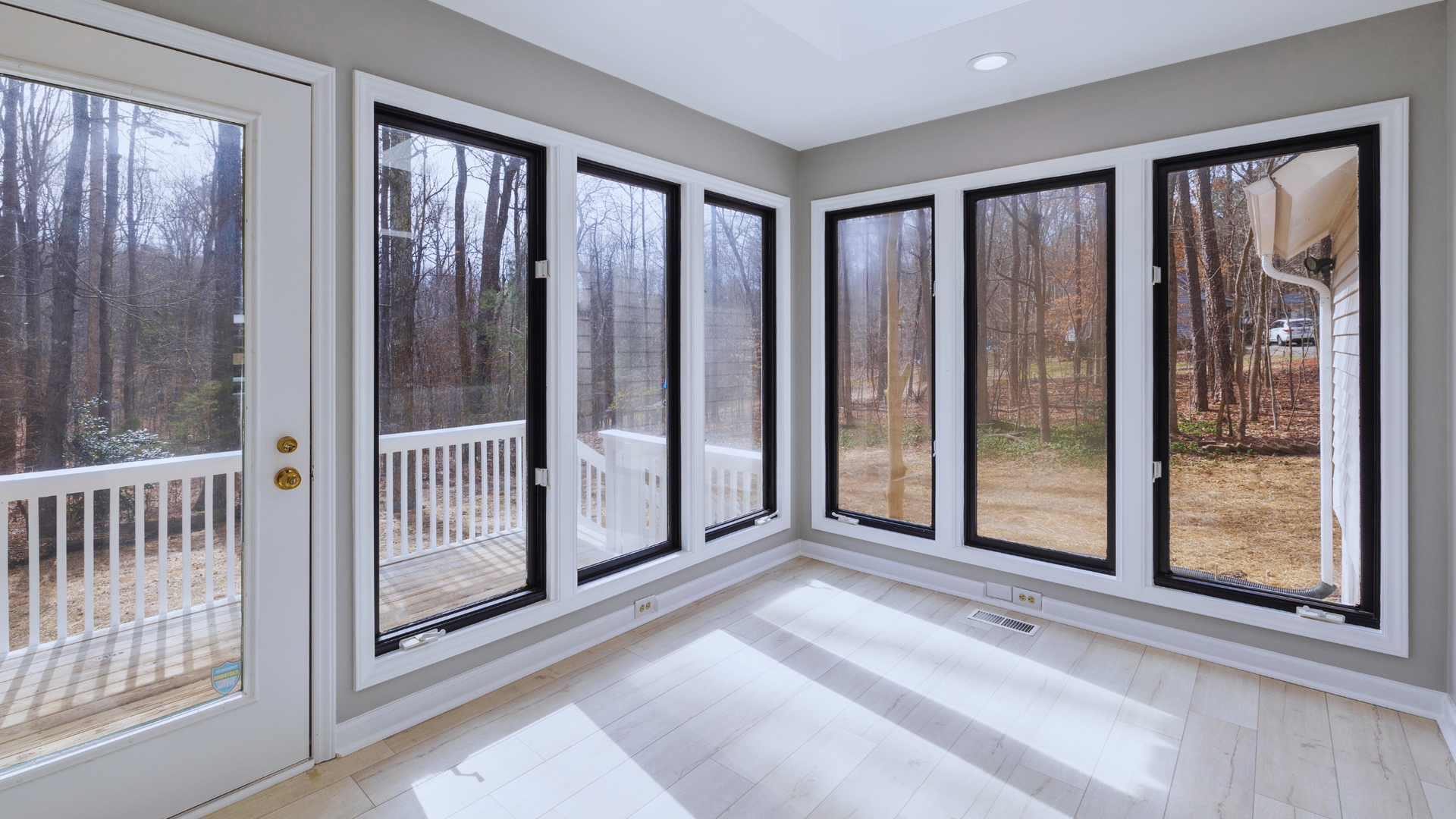
Your Home Location
Where your home is located may have an influence on which replacement windows you choose. Residents in colder climates should invest in well-insulated replacement windows with numerous panes. For warmer climes, windows with low-e coatings and proper ventilation can lessen the need for air conditioning (AC). Local regulations often specify the appropriate window materials to use based on the climate.
Repairs To Structure
In some cases, you may require window frame, trim, or drywall repairs. The structural material around a window must be in good shape. If your installer recommends fixes, your project will cost more. Repairing drywall and trim might cost between $50 and $100 per square foot.
Insulation And Weatherproofing Modifications
Given your window selection, you may require extra insulation or weatherproofing to optimize its utility. These renovations assist to seal gaps, reducing air leaks and water damage, while also improving the general temperature and comfort level of your house.Low-grade insulation adds only a few dollars per window, but high-end options, such as high-performance low-e coating, can cost several hundred dollars more.
Location Of The Windows In Your House
The position of your windows with respect to north and south might affect project costs in several ways. Window replacements on higher levels require specialized equipment and additional personnel, leading to increased labor expenses. Multiple windows on upper stories can raise your total and lengthen the installation time.
Basement installs can range from $250 to $700, with egress windows costing more. Window replacements in the bedroom, bathroom, or foyer are generally inexpensive because these sections often employ conventional windows. More ornamental changes are typically performed in hallways, living rooms, and kitchens, leading to higher installation expenses.
The Process Of Replacing Windows
When you're hiring a professional or installing your own new windows, you can learn more about the procedure below to prepare for the installation.
Step 1: Removing Old Windows
- Prior to removing the old window, use the pry bar to remove the inside window stops. The stops are thin wooden bands that wrap around the top and sides of the frame. Set them aside for reinstallation later.
- The sashes should be able to be removed individually without removing the windowsill or outside stops. If the inner stops do not come off, you may need to use an oscillating multitool to cut them off.
- Remove the sash cord pulleys, liners, and springs.
Step 2: Preparing The Frame
- Inspect the frame's condition before beginning. If there is substantial mold development, rot, or other concerns, the project may need to be postponed and the frame replaced.
- Clean the frame before installation.
- To achieve a perfect fit for the new window, make sure the frame is plumb or level. Measure both diagonals of the frame from the top corner to the bottom corner opposite it.
- If these dimensions are less than 1/4 inch apart, the frame is plumb. If they are not, you may need to remove the trim and alter the frame's width with shims or small pieces of wood.
- However, if the discrepancy is too big, the frame may require repair or replacement.
Step 3: Installation Of New Window
- Trial fitting the new replacement window into the aperture. Next, use the caulking gun to apply a bead of silicone caulk to the inner surfaces of the outside window stops.
- Center the window within the frame and press it against the external stops. There will be minor spaces around the frame; make sure they are equal on all sides.
- Close the gaps with shims and insulating material. A tight fit is preferable, but not so snug that the window cannot function properly.
- Open the window and thread the mounting screws through the shims and into the frame. To keep the shims from splitting, drill a pilot hole through them using a power drill. To keep the frame in alignment, don't overtighten the screws.
Step 4: Sealing and Finishing
- Fill any leftover holes with insulating materials like expanding foam or backer rods. Do not use loose insulation or fiberglass batting.
- Reinstall the inside window stops, or replace them if they were in bad condition.
- If you intend to paint the frame, apply paintable latex caulk to any seams.
- Wipe the lines with a damp fingertip to eliminate excess and smooth the surface. If desired, paint the inside trim.
When Should I Consider Professional Instead Of DIY Replacement
Professional window installation firms are the ideal choice for window replacement. Although talented do-it-yourself (DIY) enthusiasts may desire to take on the project, a professional business provides assured outcomes. Professional installations often contain warranties, which are useful if you have any problems. Make sure you read your warranty terms thoroughly.
We recommend that homeowners engage a professional to replace their windows for the following reasons:
- DIY window installations need substantial knowledge and can be labor-intensive.
- A expert will know how to keep your home structurally sound.
- Precise installation is required to avoid air leaks or sealing issues, which homeowners may be unable to do.
- Most window warranties require expert installation to be valid.
- When it comes to installing atypical or irregular windows in older homes, additional skill is required.
- Professionals are familiar with the local construction standards and legislation that must be followed while replacing windows.
- Professionals understand how to safely treat any mold or decaying on window frames.
Many window manufacturers maintain a designated network of installation specialists that are qualified to install their products. We recommend dealing with local businesses who specialize in window replacement.
When communicating with potential window installers, utilize the following questions to assess their expertise, competence, and credentials:
- Is there a price for estimating requests? How long will the listed prices be valid?
- What is the process of installation cost breakdown? Is cleaning included? If not, what is the cost?
- Are there any other fees or charges involved with the project?
- Does the contractor provide special pricing, discounts, or promotions?
- What credentials and licenses do you have? What experience do you have with window installation?
- What type of insurance does the contractor have for their employees?
- How would you secure my house during the installation?
- Do you have financing options?
- Does the contractor carry a wide selection with several features to choose from?
Reducing Your Cost Of Window Replacement
Replacing windows can be expensive. Here are a few money-saving techniques:
- Buy budget-friendly windows: Choosing low-cost replacement windows is a great method to save money, especially on large projects. Simple designs and low-cost window materials may not deliver the curb appeal you seek, but they will save you money in the long run and increase energy efficiency.
- Get multiple quotes: We recommend obtaining free quotes from many businesses to see which offers the best discounts and options for your requirements. You may also utilize these estimates to negotiate a better bargain with your preferred business.
- Shop in the off-season: Window businesses are busy in the spring and fall. Use this to your advantage by shopping for new windows during the off-season. You may be able to locate exceptional bargains at this time. Keep in mind that executing a replacement job during the winter can expose your property to freezing weather.
- Upgrade with more windows: Several window manufacturers provide higher discounts for volume purchases. Consider increasing the amount of replacement orders in your project to reduce expense per window. This may increase the cost of your project, but it will provide you with greater value for your money.
- Use local incentives and rebates: Many window installation firms provide time-sensitive discounts and rebates on their goods. Check for energy efficiency incentives from your state or city government. The Database of State Incentives for Renewables and Efficiency (DSIRE) provides the most recent list of energy-efficiency incentives in your state.
Window Replacement Cost FAQ
How long does window replacement take?
A single window replacement typically takes around one hour. This time range applies to simple replacements, such as common double-hung windows. Replacement time rises with the number of windows, installation difficulty, and window position. A big or entire home window replacement might take weeks or months.
What is the average cost of window replacement?
The average cost of window replacement is $700, although it can range from $300 to $1,200. Additional criteria such as window type, material, and installation difficulty can all affect the final cost of your replacement project.
What is the most affordable option for replacing windows?
Simple windows constructed of low-cost materials such as vinyl are the most cost-effective replacement alternatives. To take advantage of bulk pricing, you should replace many windows in your home.
Is it cheaper to replace all windows at one time?
Yes, replacing all windows at once is more cost-effective. Many window vendors provide volume discounts for larger installation orders. By doing your window replacements all at once, you'll save money on labor. Homeowners may need to make a larger initial investment, but will benefit from long-term savings.
How much does it cost to replace a full-frame window?
Full-frame window replacement typically costs between $360 to $1,440, or 15% to 20% more than retrofit installs. These expenses vary based on the window's material, size, and placement. Choose retrofit installation whenever feasible to save money.
Can I replace windows myself?
Yes, you can replace your own windows, but you will need substantial DIY expertise and knowledge of window installation. These tasks are frequently labor-intensive, requiring expensive supplies and equipment. Improper installations can result in air leaks, water damage, and reduced energy efficiency. It is preferable to engage a professional window contractor for total window replacements.
Contact us

All Rights Reserved | Exterior Building Solutions | Powered by Aletheia Digital | Privacy
Exterior Building Solutions
15472 Manchester Rd.
Ellisville, MO 63011